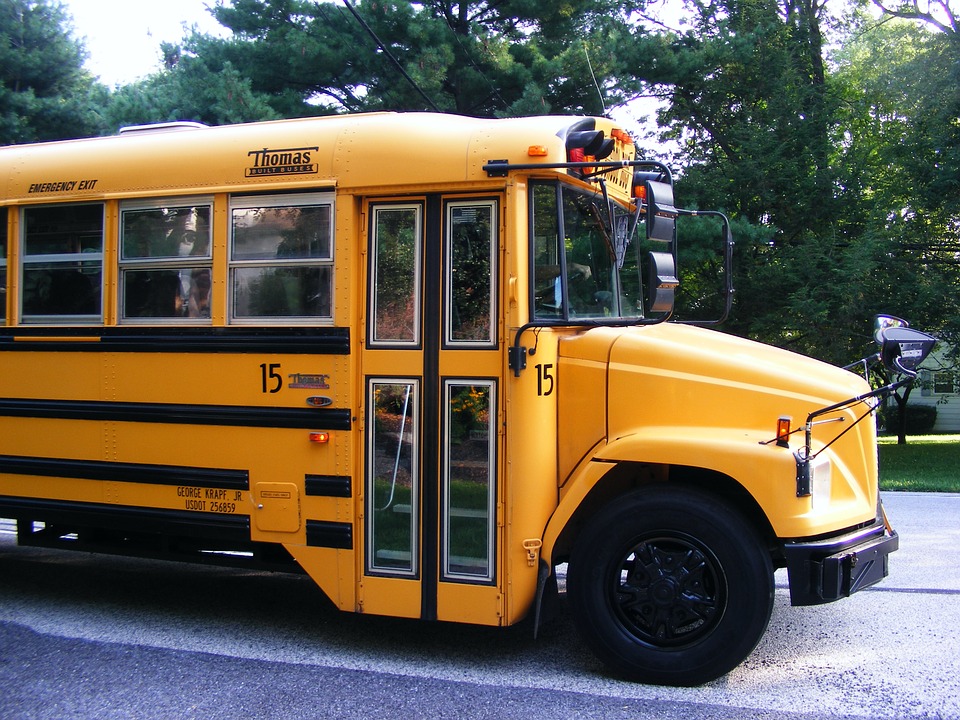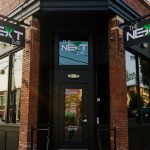Private School Voucher Costs Rising
GOP-controlled Legislature backs further voucher expansion in biennial budget.
How much are Wisconsin taxpayers spending on private schools? That’s a critical question in the current state budget debate. But the answer is surprisingly hard to find. Every homeowner knows exactly how much she pays to help maintain her local public school district; that information is delivered directly to her mailbox, printed on her property tax bill.
But if you want to know how much of a bite private school vouchers are taking out of local property taxes, you’ll need to dig deep into the spreadsheets on the Department of Public Instruction website.
That deduction is the amount of state money redirected from public school districts to pay for resident students’ private school vouchers.
School districts can make up that revenue loss by raising property taxes through an exemption they are allowed to take on state-mandated property tax revenue limits — or they can eat the difference and cut school programs. Most take the opportunity to increase their tax levy. So DPI’s annual tally of revenue limit exemptions, which match how much state aid districts are losing to voucher students, are a good measure of how much local taxpayers in each district are spending on vouchers.
In the 2019-20 school year, the cost for all local property taxpayers throughout the state to cover the combined costs of the Wisconsin Parental Choice Program and the Racine Parental Choice Program was $95,565,468.99. The special needs voucher program — the state’s other big private school voucher program — cost local property taxpayers $13,029,268.15.
So last year local property taxpayers in Wisconsin spent about $108.6 million altogether on private school vouchers.
That number has been increasing every year.
A downloadable spreadsheet on the DPI website lists the number for every district in the state. Property taxpayers in Antigo, for example, paid out $704,025 to cover the cost of private school vouchers in the 2019-20 school year. The cost for Baraboo property taxpayers was $405,060.
Cost of vouchers quintuples for local property taxpayers
Overall, the combined costs of the Wisconsin and Racine Parental Choice voucher programs to local property taxpayers, as reflected in revenue limit exemptions, has grown five times larger since the voucher programs began a rapid expansion in 2015-16, from an initial $21.4 million to $121.4 million for the current school year (according to DPI numbers as of Jan. 25, 2021). The cost of the Special Needs Scholarship Program has grown six times larger over the last four years, from an initial $3 million in 2017-18 to $18 million in 2021.
All in all, statewide, local taxpayers have gone from spending about $21 million on private school vouchers in 2015-16 to spending about $140 million on private schools in 2020-21.
The state formula for school funding is complicated, and the private school voucher program makes it even harder to follow the money. In the first year that students take a private school voucher, they are funded entirely by local property taxpayers through the levy exemption. In the second year, resident districts get to count those voucher students in the formula by which they receive state equalization aid (unless the district is too property-rich to qualify for state aid). But state aid is not a per pupil amount for every student and it doesn’t necessarily make up for a district’s loss revenue to pay for voucher students.
Furthermore, under the state aid formula, in order for one district to receive more money, another district must receive less. So ultimately, as the voucher program eats into state aid money, property taxpayers somewhere in the state are footing the bill. Districts in northern and western Wisconsin pay for students who use private school vouchers in the southern and eastern parts of the state. That’s because — as DPI representatives explained in a recent presentation on school funding to legislators — the voucher program does not affect the total pot of state aid money. It merely shifts dollars around.
DPI data also shows that the majority of students who receive private school vouchers were already in private school, which has spurred a debate about whether taxpayers are being duped into spending an increasing amount of money subsidizing private school families’ tuition.
Legislature’s budget foresees more growth
Wisconsin’s expanding private school choice programs are slated for more expansion in the state budget under a Republican plan passed by the Legislature’s Joint Finance Committee on Thursday.
Under an adjustment to the base budget that the committee passed, the Legislative Fiscal Bureau estimates that the Special Needs Scholarship Program will more than double in size over the next two years, from the current $17 million to more than $40 million.
Private school vouchers are among the handful items in the state budget that are labeled “sum sufficient.” That is, funding is not limited. While there are estimated costs for sum sufficient items in the budget, their costs can exceed those estimates. “Sum sufficient appropriations are not limited and allow an agency to expend whatever amounts are necessary to fund a specific program,” a Fiscal Bureau memo explains.
“Sum sufficient is the golden ticket if you’re in the business of looking for state funding,” says Joint Finance Committee member Rep. Evan Goyke (D-Milwaukee). By making private school vouchers sum sufficient, the Legislature committed itself to funding an expanding program, no matter the cost. “That policy choice of whether we want to give it more money was already made,” Goyke says.
It’s important to note, Goyke adds, that special education funding for public schools is not sum sufficient. That’s why public schools, which are required by federal law to meet students’ special education needs, are continually dipping into their general operating funds, cutting art, music, sports and other programs to pay for special ed, which is a “sum certain” budget item.
“The pie doesn’t bet any bigger under sum certain,” Goyke explains. “The pie is unlimited under sum sufficient.”
Besides school choice programs, other categories with sum sufficient appropriations include debt service, the operations of the governor’s office, the courts, and the Legislature, and certain entitlement programs, including refundable business and property tax credits.
In his budget proposal, Gov. Tony Evers tried to make special education funding for public schools a sum sufficient appropriation. Republicans in the Legislature stripped out that provision. They also threw out Evers’ proposal to cap enrollment in the choice and special needs voucher program at 2021-22 levels. (In the last budget, they also stripped out Evers’ proposal to put the cost of private school vouchers on homeowners’ property tax bills).
“Adding dollars to special ed is a way to ensure every single district in the state gets the resources they need to pay for all their other programs,” he adds.
Also, Goyke points out, the way special education funding works is based on actual expenditures — schools are reimbursed for expenses they have already incurred. “So it’s a smart place to put money. It’s fact-based,” he says.
As public school advocates seek a commitment from the state to fully fund special education, they often bring up the contrast with the Special Needs Voucher program, which covers 90% of costs for private schools.
“It shows the Legislature is willing sometimes to fund the costs schools need,” says Goyke. “But the majority party has chosen the private school voucher system as the recipient of that.”
Reprinted with permission of Wisconsin Examiner.























Public dollars. Public schools.
Republicans are totalitarian.
It’s this simple: Government should not fund religious schools.
Ponder the meaning of the 1st Amendment.
Want to fund a religious cult– use your own money.
If parents and church congregations choose not to fund the costs of their religious schools, why is it up to the taxpayers to do it out of resources taken from the local school system? The choice program allows religious schools to discriminate against any child or family, especially LGBTQ, while getting tax dollars.